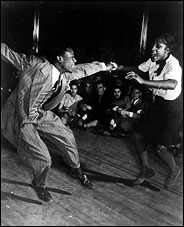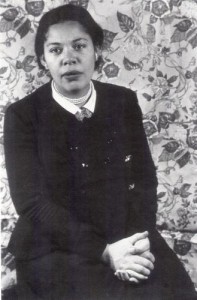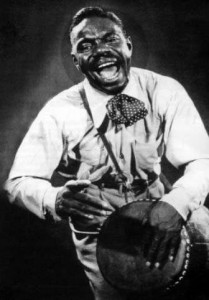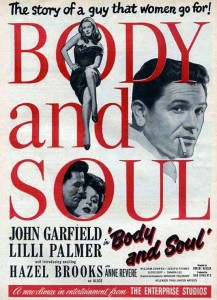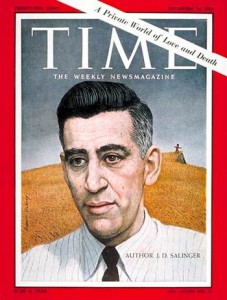
A new biography of J. D. Salinger has just been published. Given Salinger’s legendary reclusiveness and his hostility to biographers, that’s a big deal, and the biography (which is admired by some critics and seen more ambivalently by others) appears to provide an illuminating account of Salinger’s early years in New York and the period, after his terrible experience in World War II, when he established the style and the preoccupations for which he became famous.
In some respects, that history makes Salinger a comparable figure to John Hersey.

